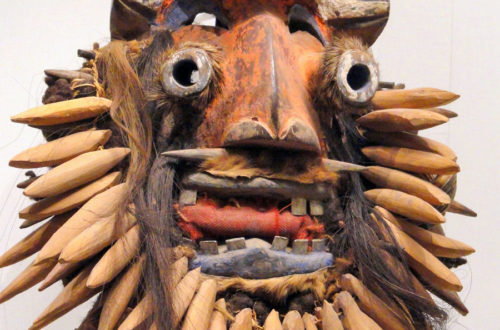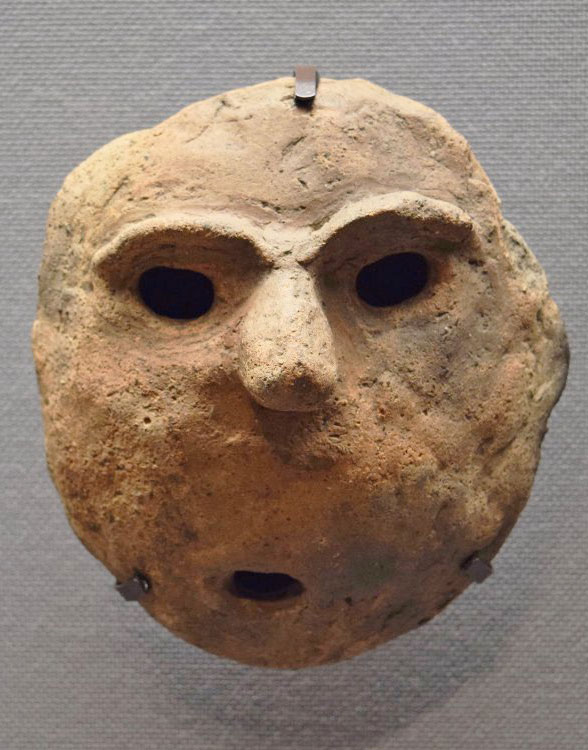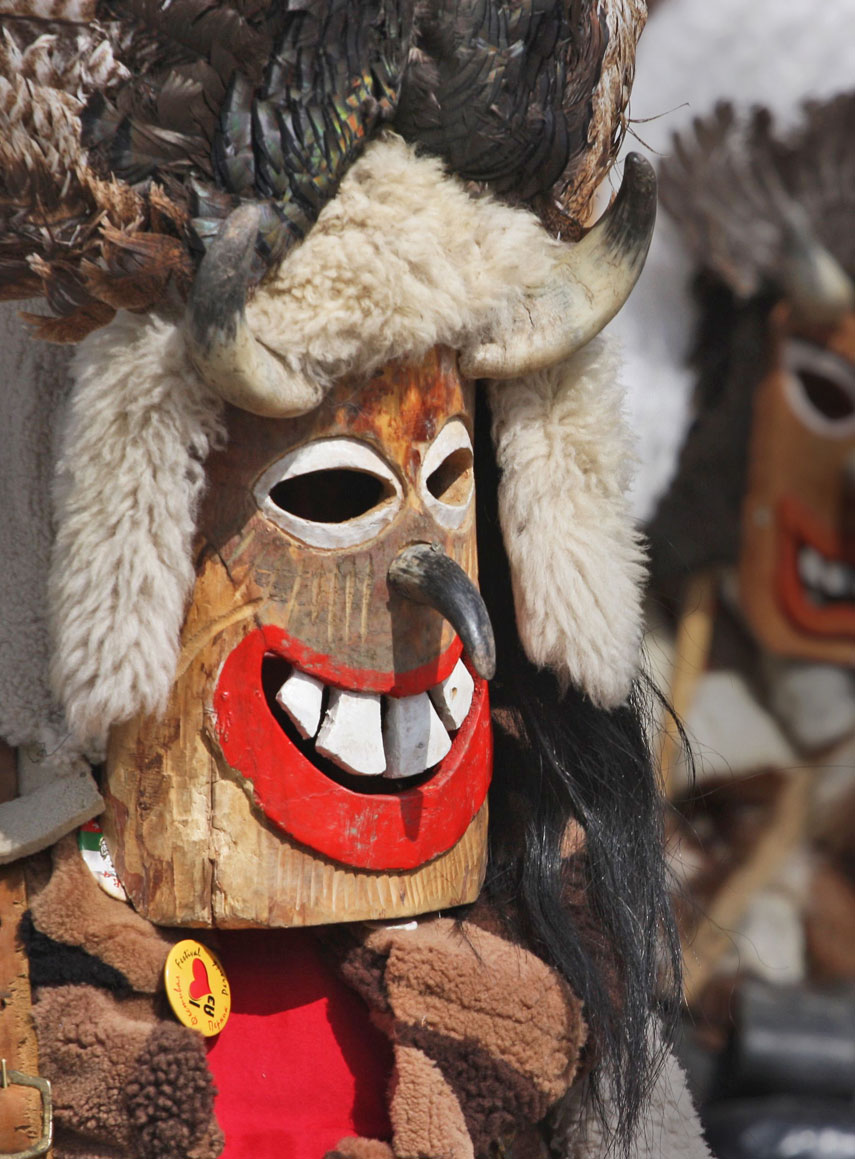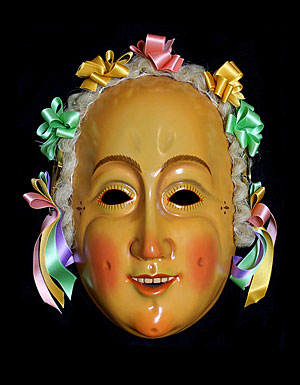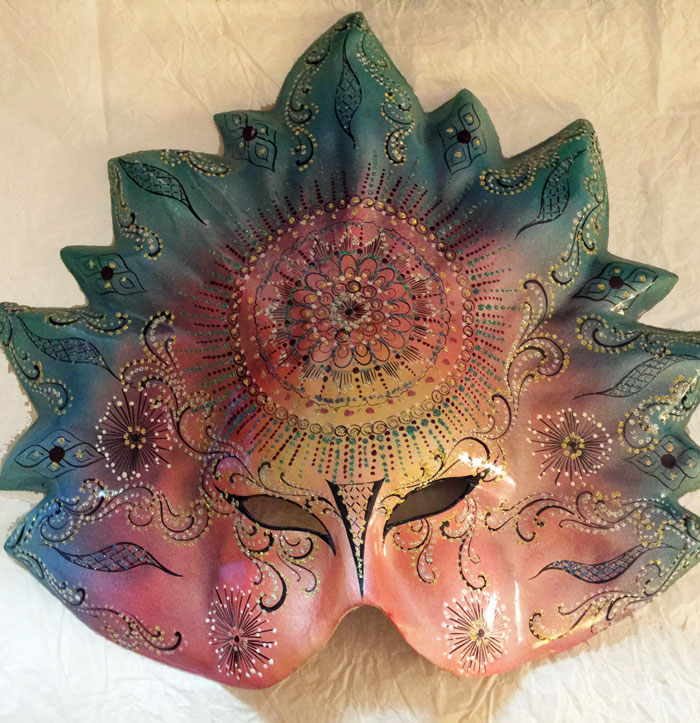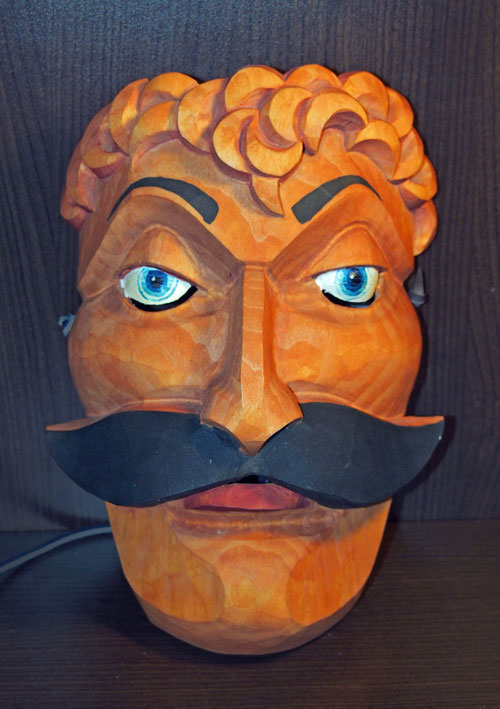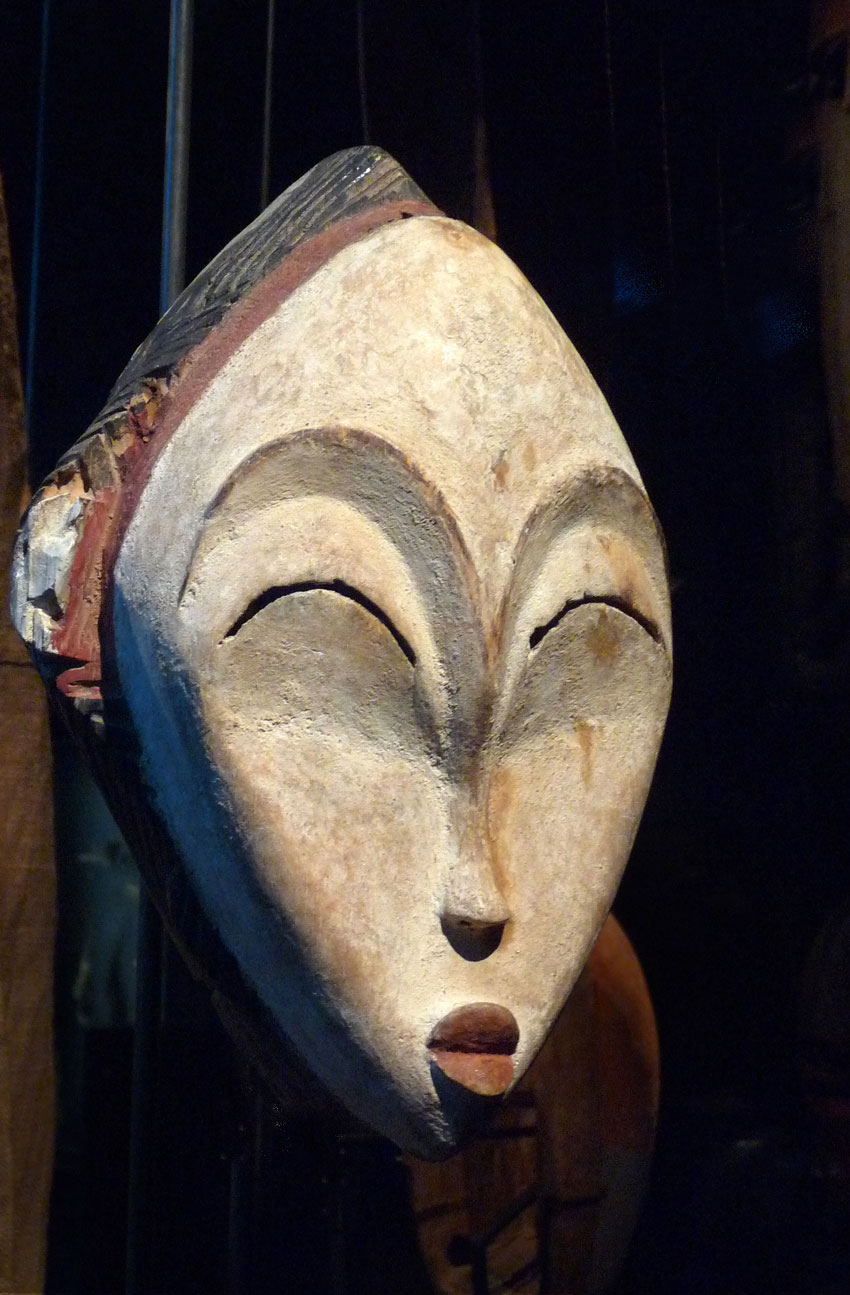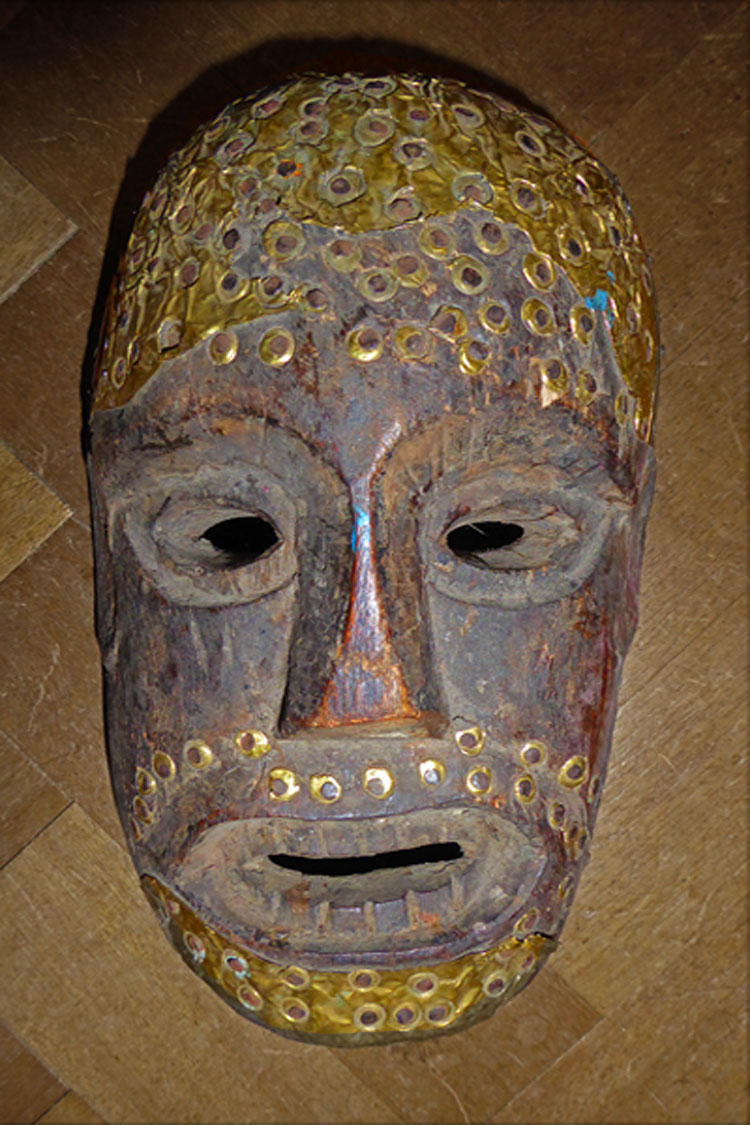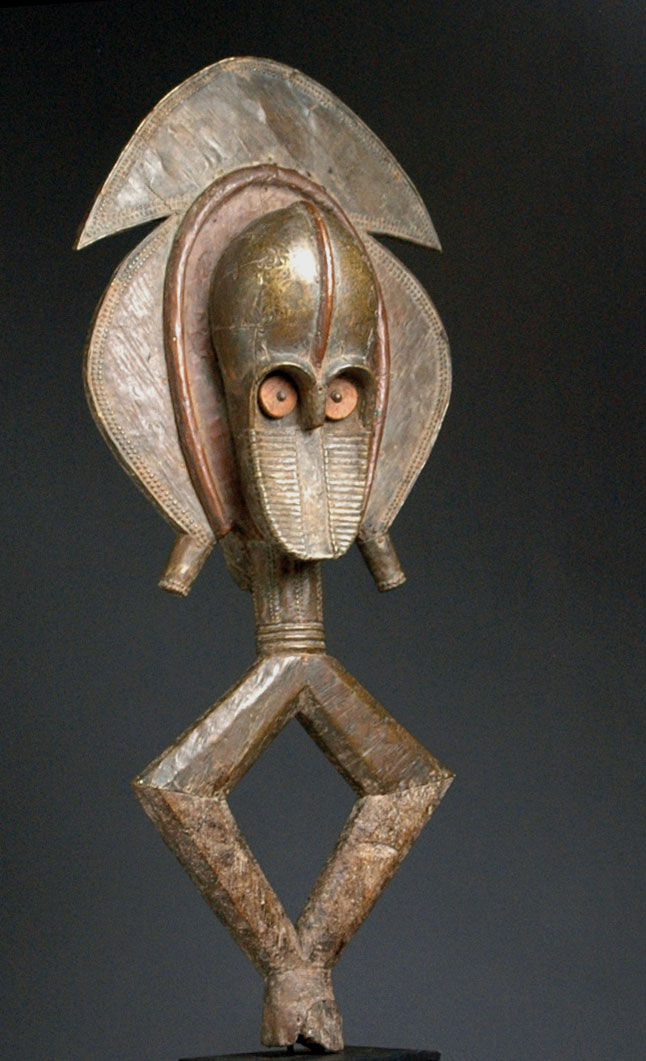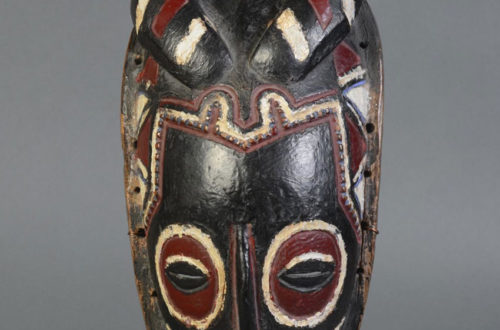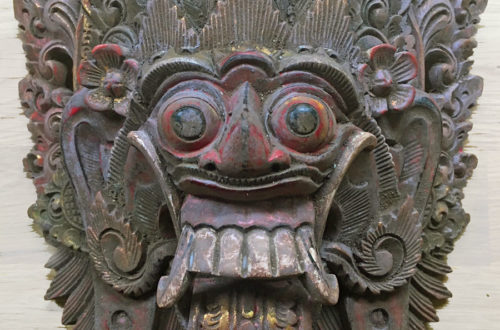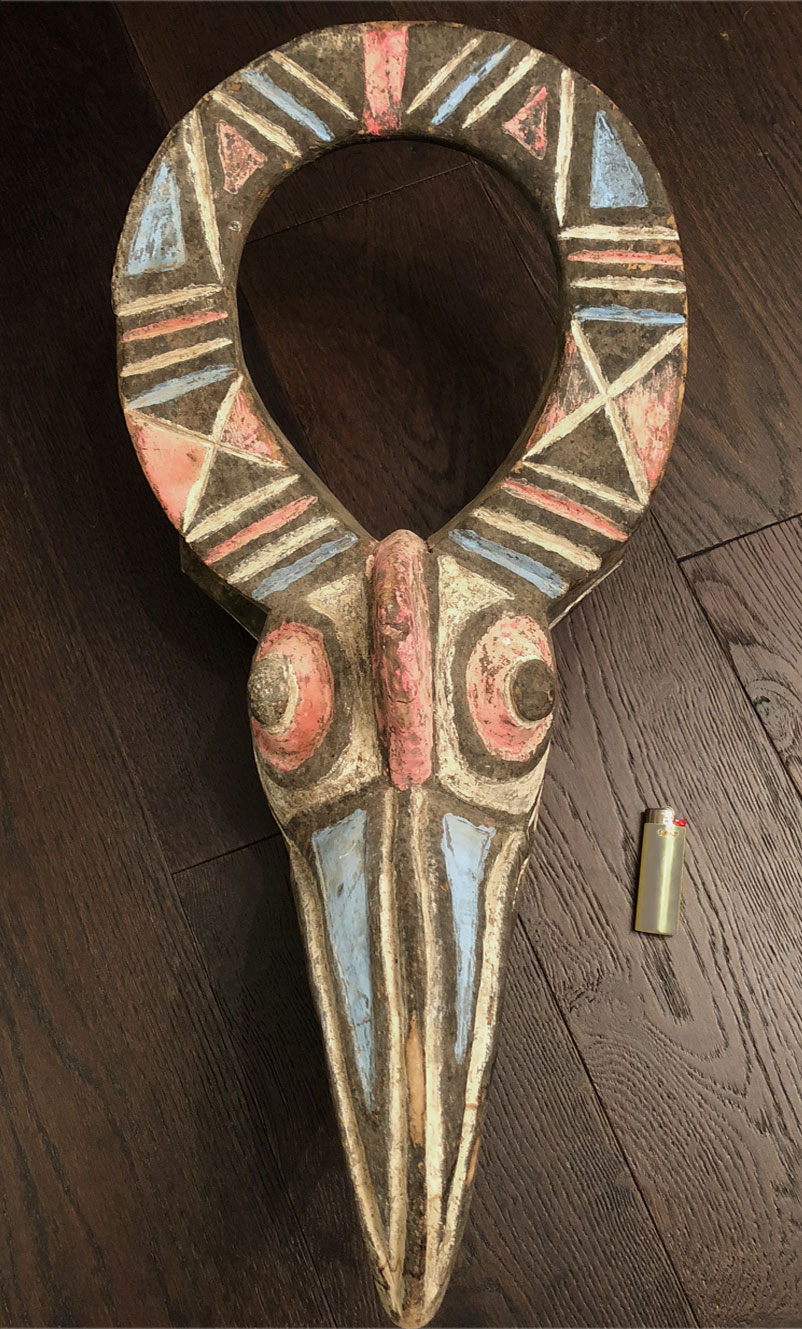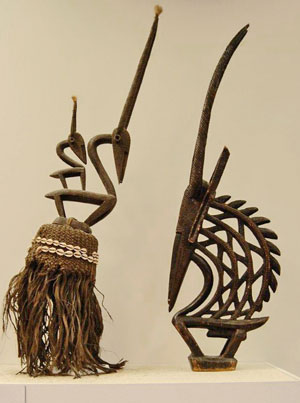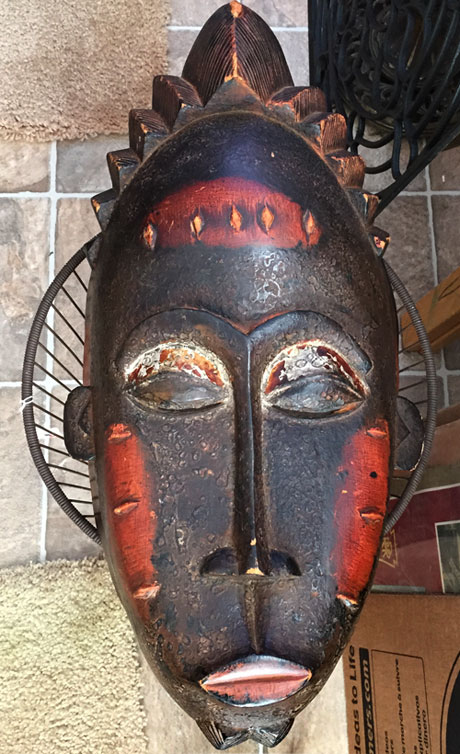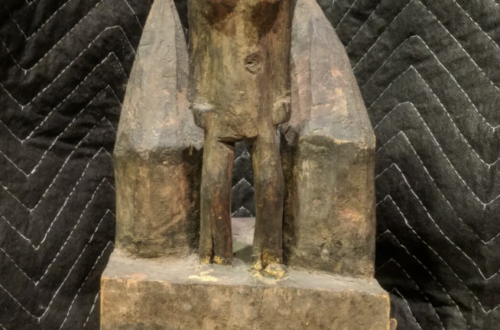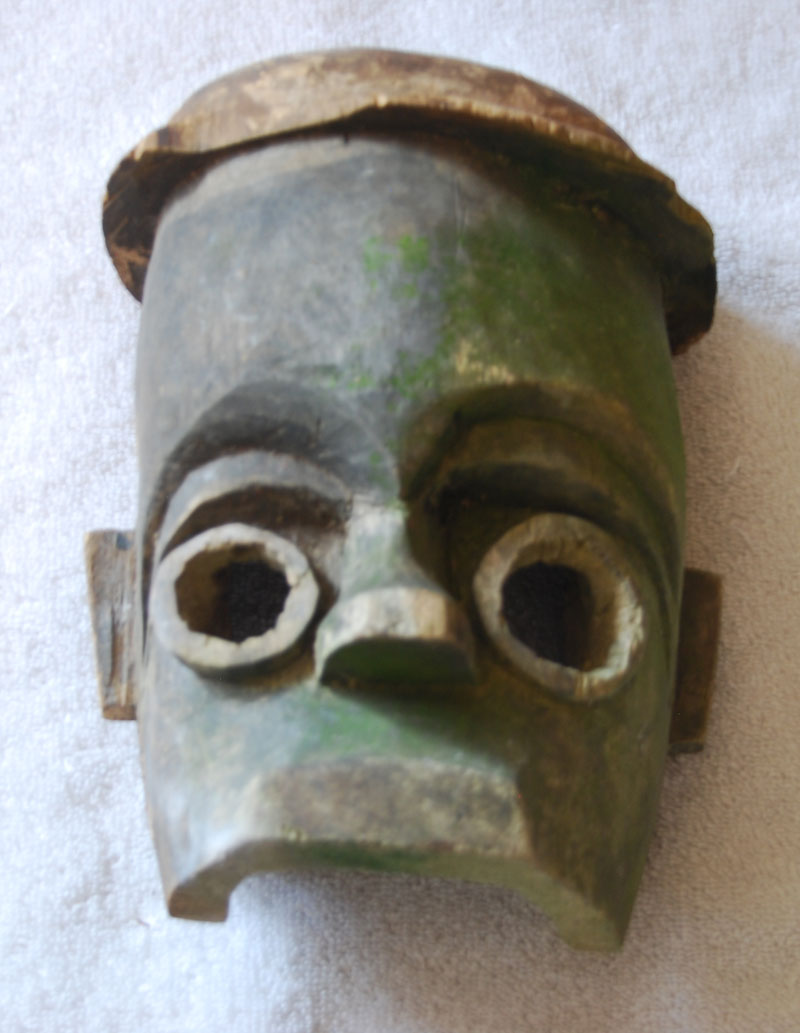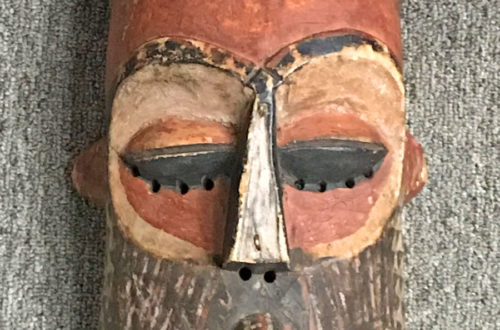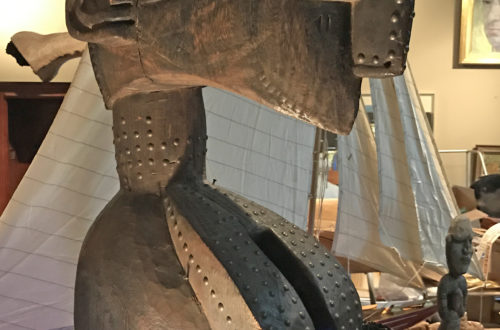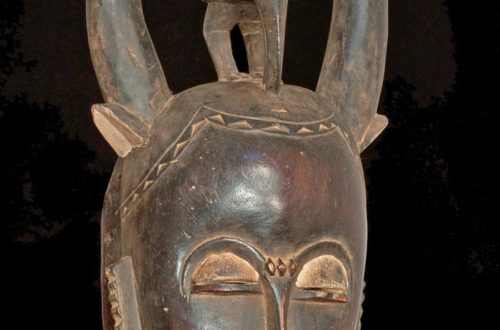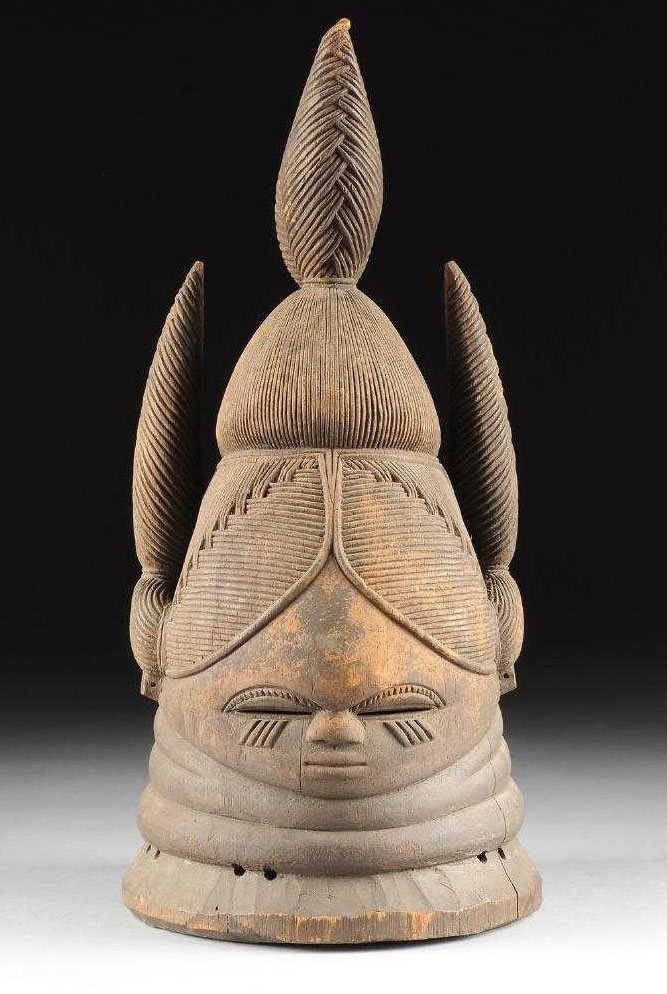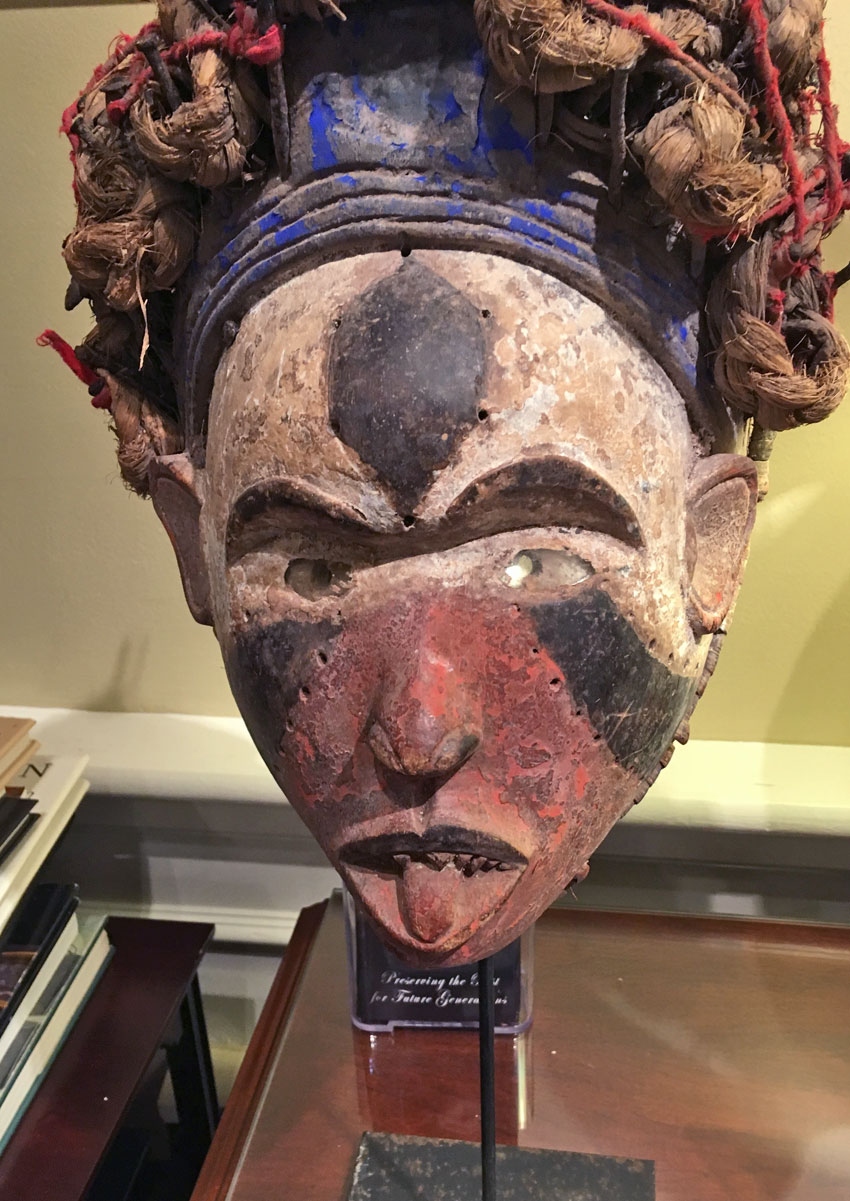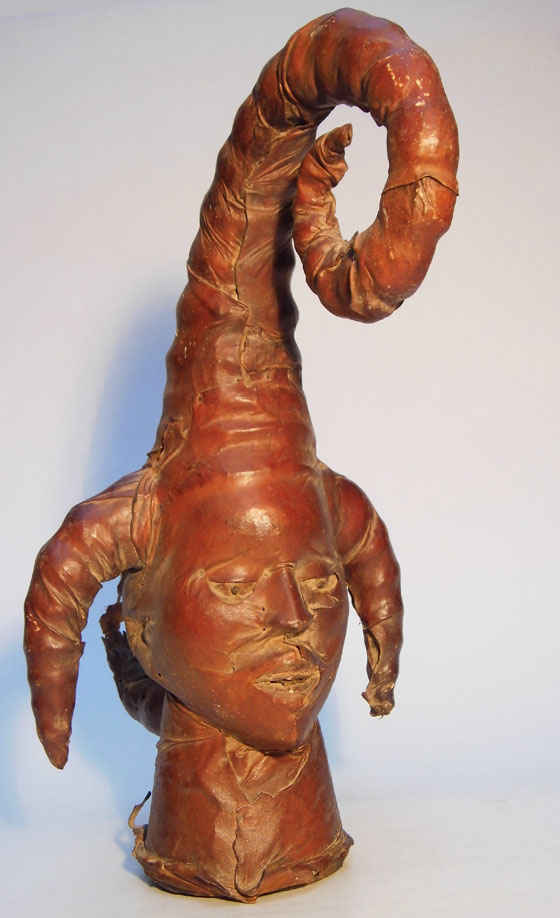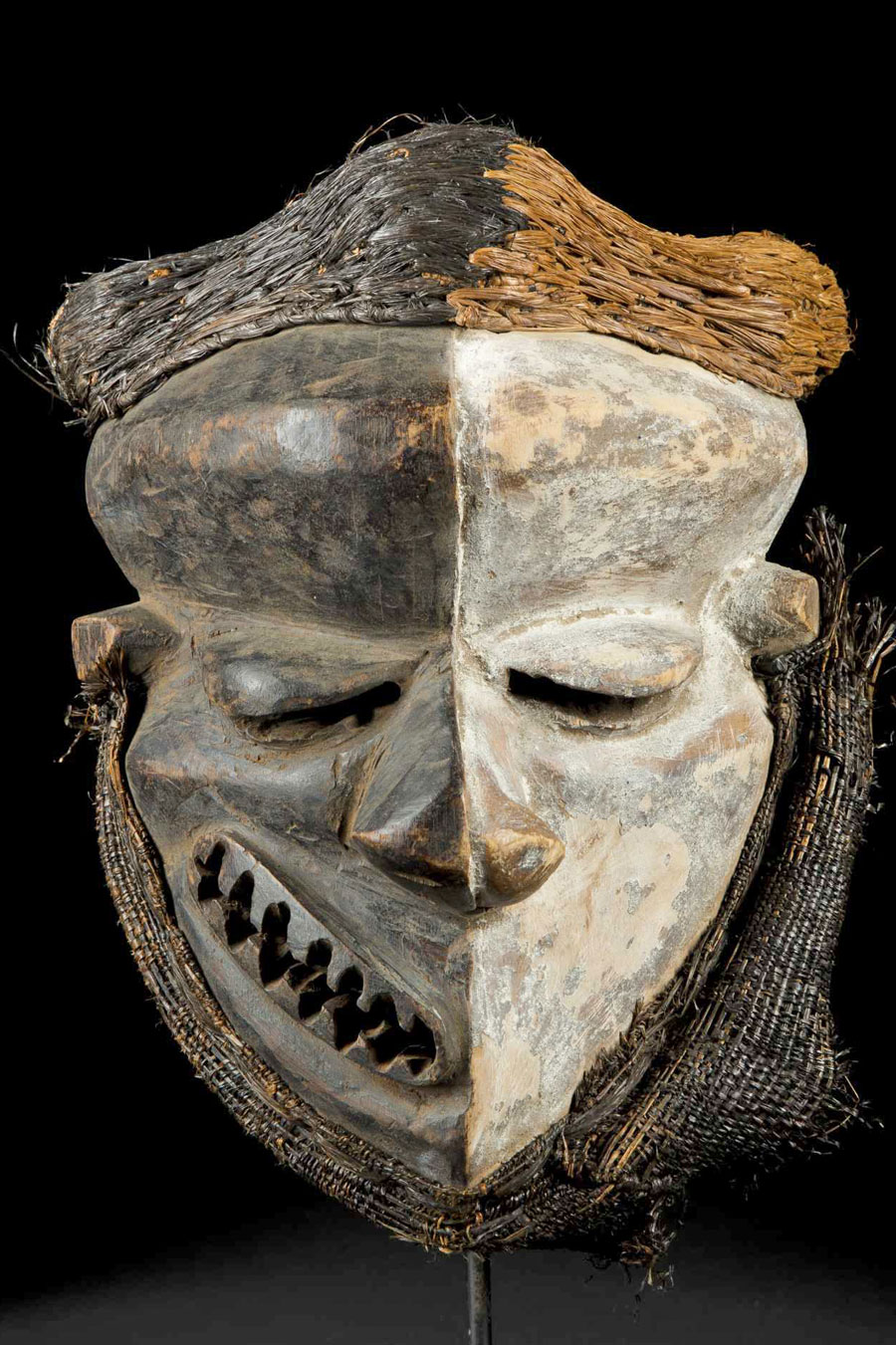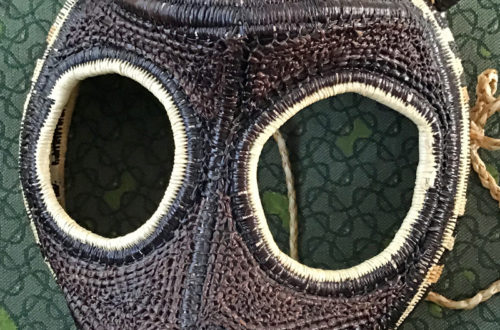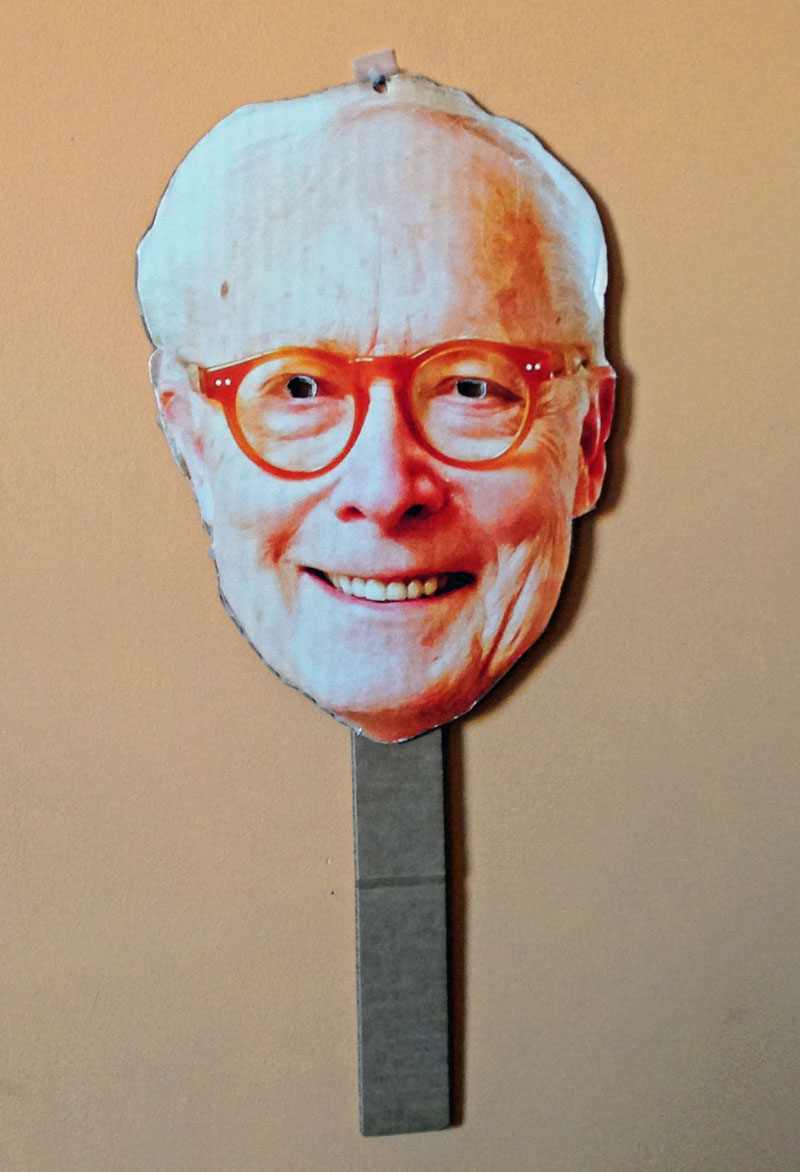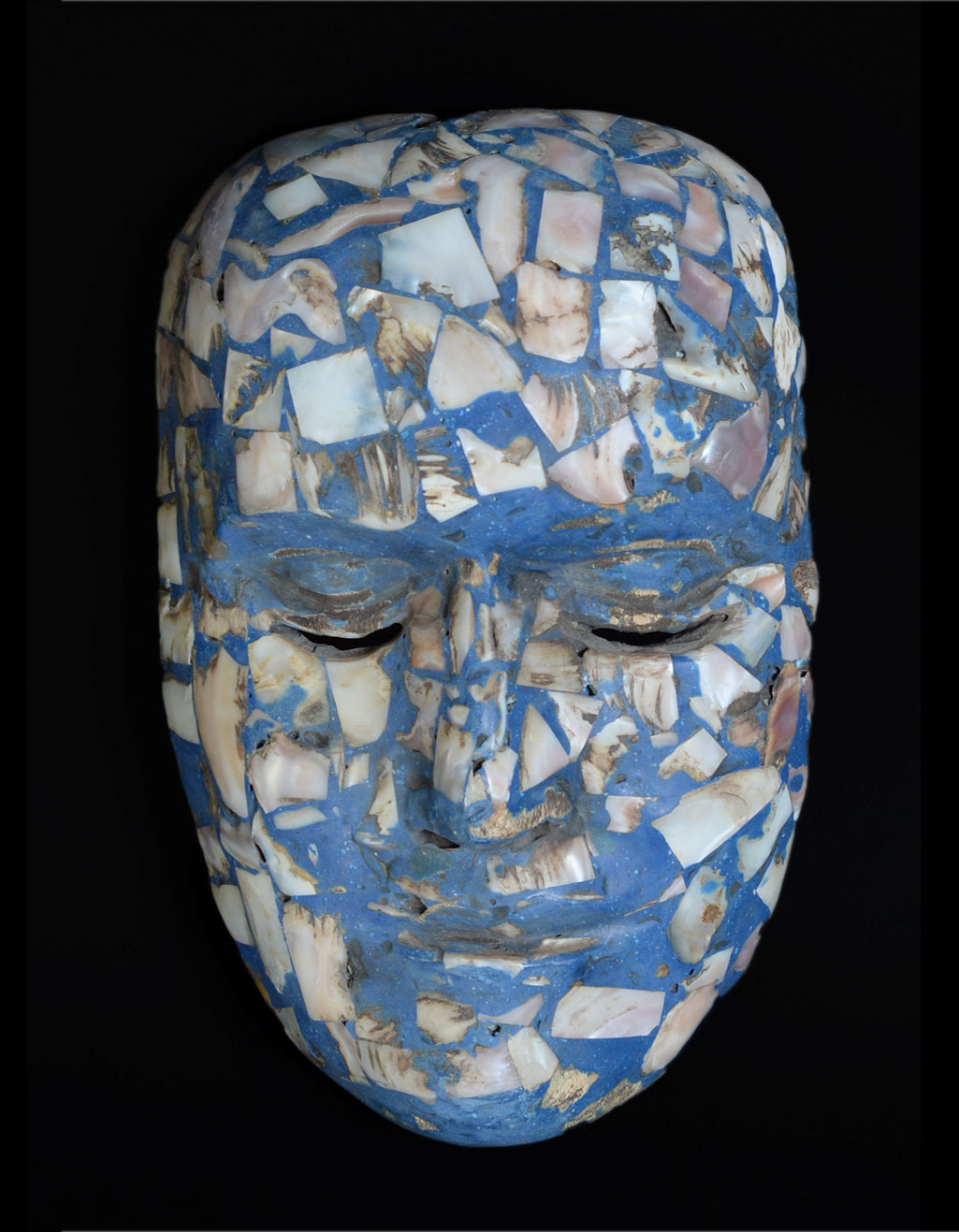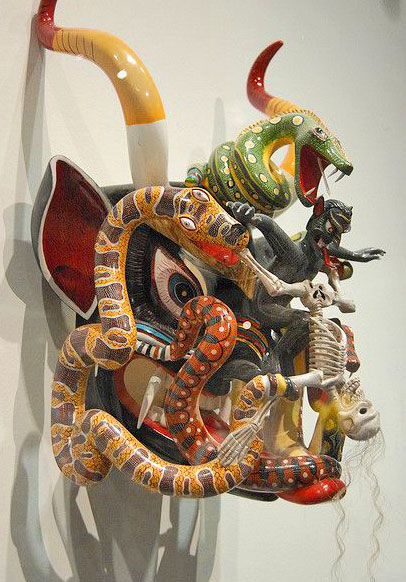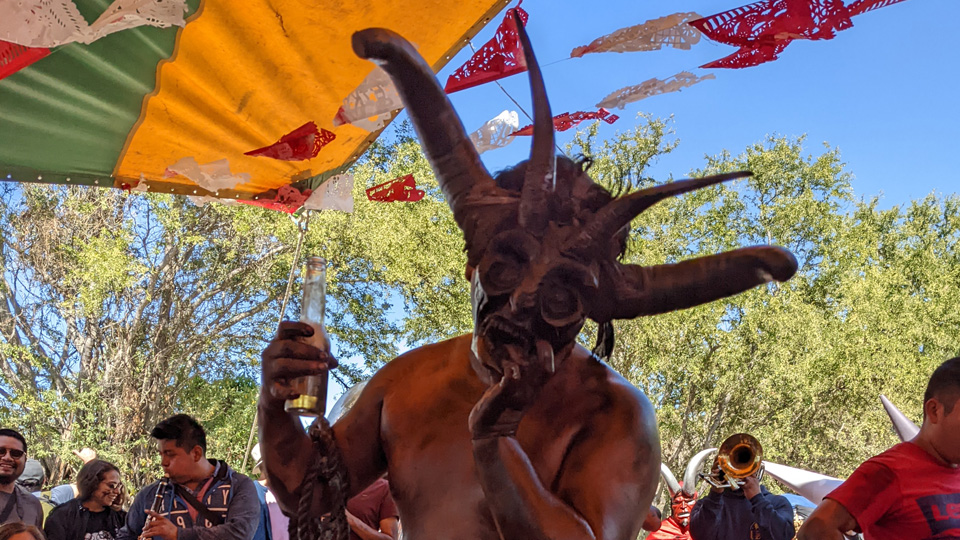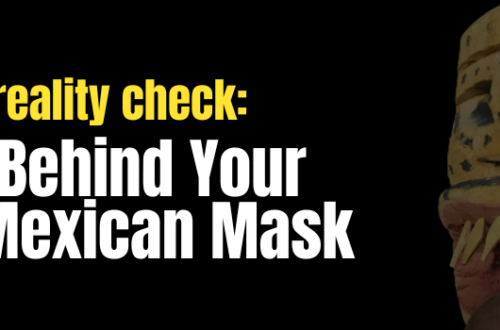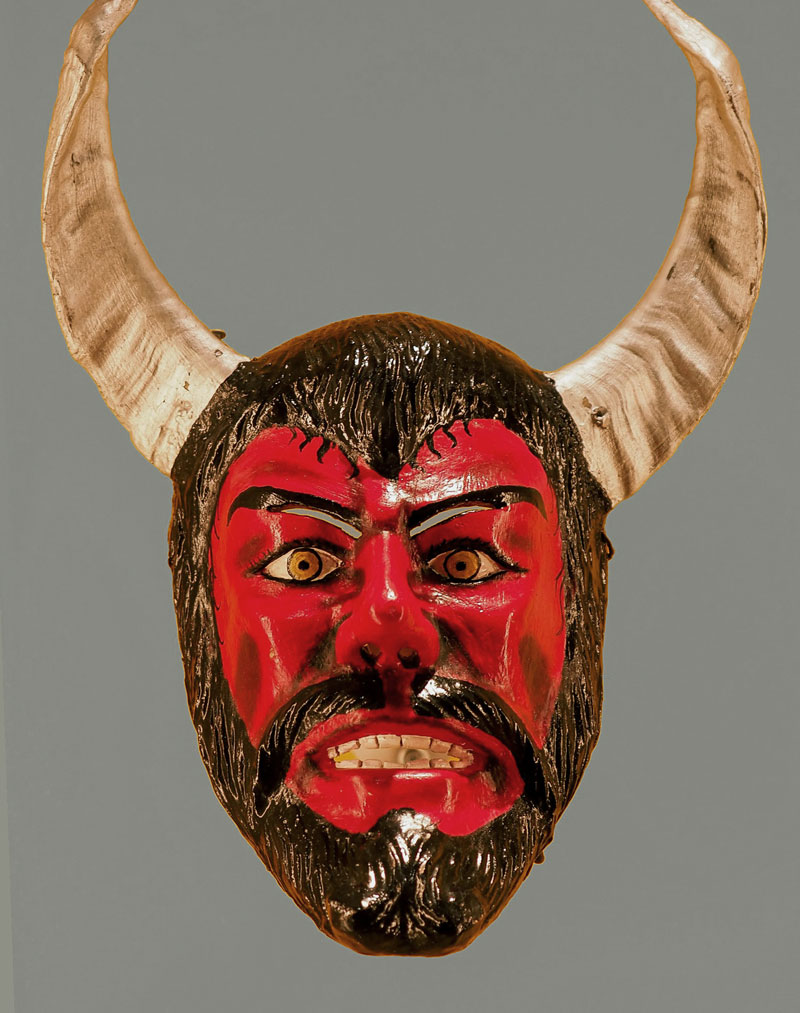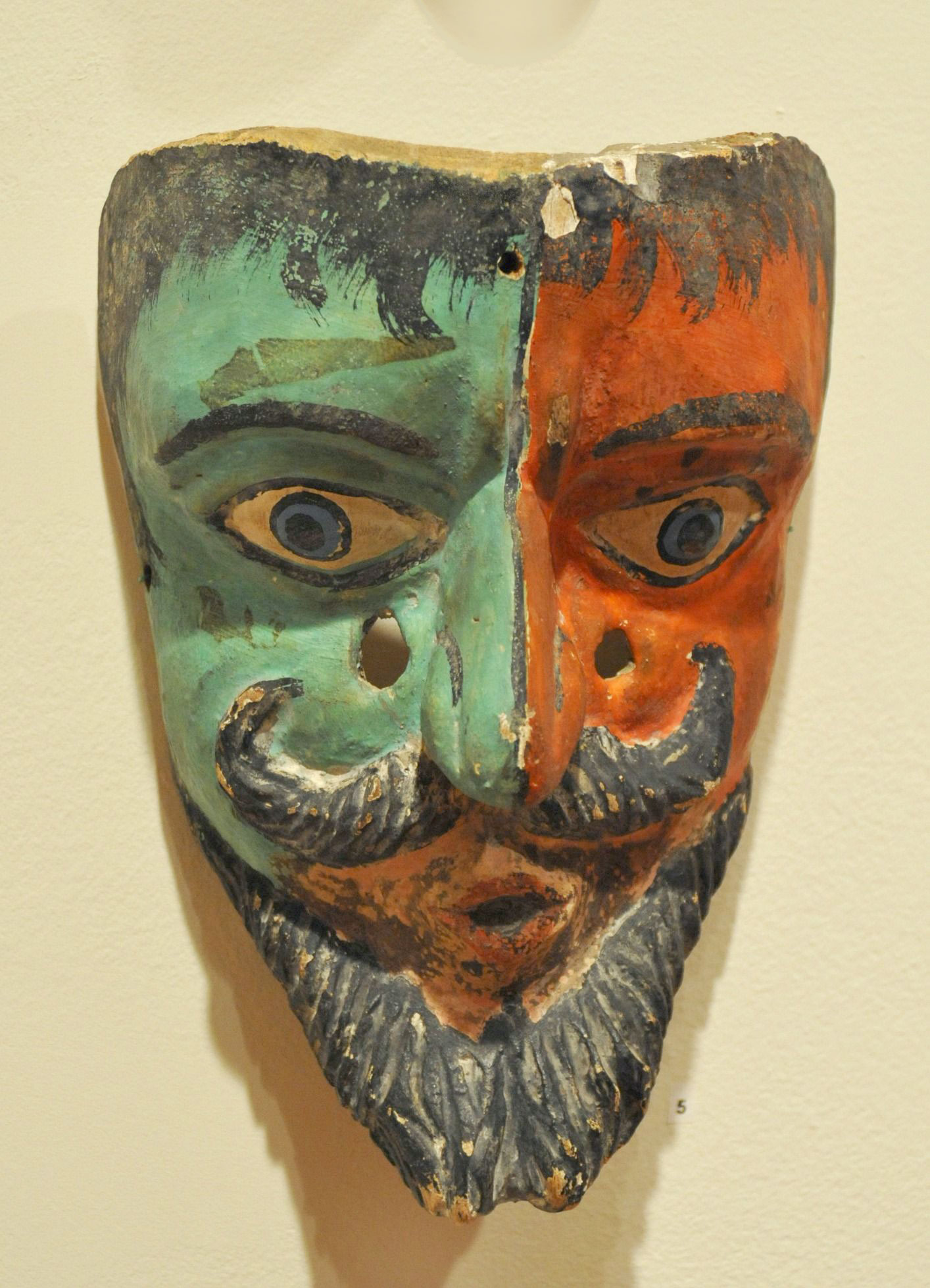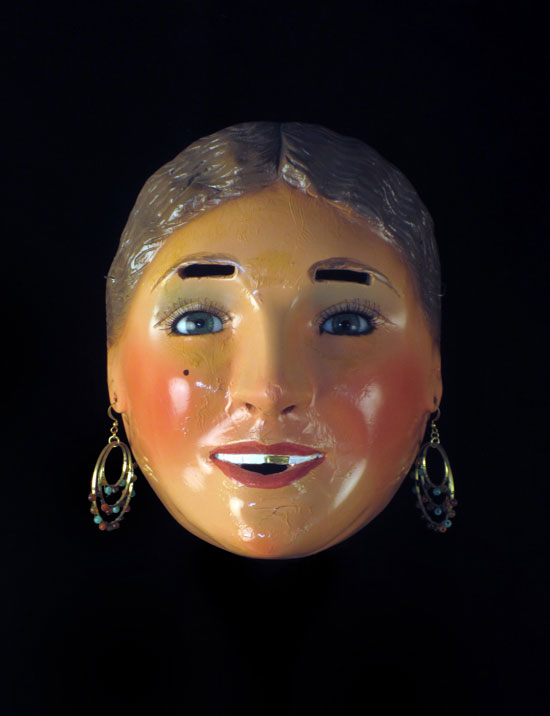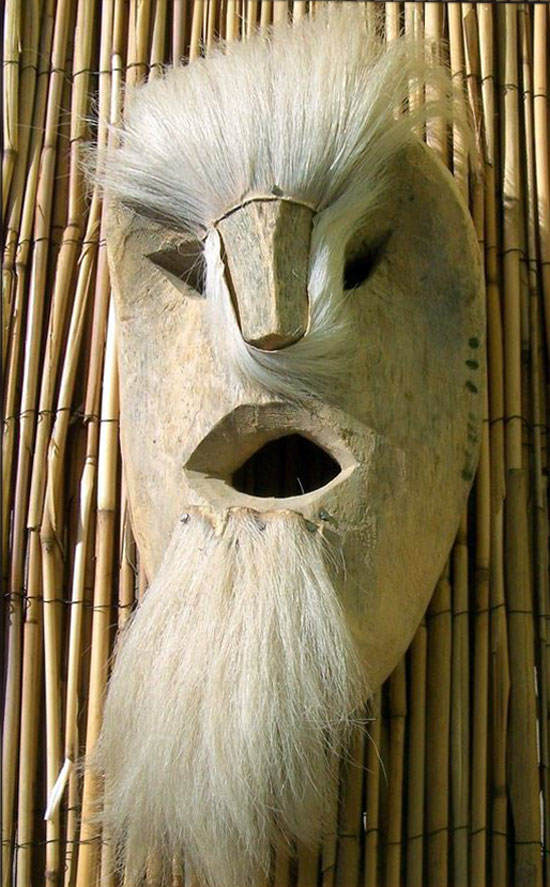Q: I have a mask bought in Mexico (Playa del Carmen) from a collector for ~$60 CAD. The mask is made of wood and has goat horns. The seller claimed it was used by a dancer but I cannot remember where. It has holes on the back that appear to be for wearing. I am wondering what you think of this mask, and I am unsure where it would be from. If you have anything else to say about this mask I’d be happy to hear it, its my first and only mask in my collection so far. Trevor, 1492 A: Your mask is called a decorative. It is…
-
-
Bulgarian kukeri masks
In a practice dating back millennia, Bulgaria’s kukeri dancers don dramatic costumes to dispel evil and invite good. The ritual is a public one, profoundly ancient, full of spectacle and metaphor. Around early winter or midwinter, groups of kukeri (pronounced KOO-kuh-ree) don elaborate costumes—complete with fantastical masks and belts of massive metal bells—and accompany musicians throughout the village, dancing rhythmically to drive away evil and invite good. They are “multipurpose” rituals: The bells clanging and the costumes shocking faces divert the evil eye, but the mummers’ dancing path throughout the village also invoke the fertility of people, animals, and agriculture. Kukeri rituals have also served as coming-of-age ceremonies for young…
-
Punu Mukuyi mask from Gabon
This white-faced maiden is sometimes mistaken for a character from the Japanese Noh theater. It is from the Musee du quai Branli and is one of the best Punu masks I have ever seen. Think how this highly abstracted sculpture would have shocked European artists in the late 19th century. The Punu were originally part of the Luango kingdom of Angola in the 18th century, and settled in south and southwest Gabon. In the Mukuyi society it represented a female guardian spirit in the funerary rites, initiation of adolescent girls and ancestral cult. At the burial ceremonies of this Punu society the mask represented a female ancestor. This mask has…
-
Balinese masks, the most dramatic
In a post on Nov 18 called “6 Mexican Devil masks” I wrote: “In my opinion African masks are the most artistic, Japanese the best made, and Mexican the most creative.” A few days later this comment arrived: “I think we need to give a mention to Balinese masks. Having spent some time with mask makers in Ubud*, I think their quality and the dedication they put to their masks is on par with the Japanese, and their artistry is equivalent to that of Africa.” I agree. Look at this fabulous version of Hanuman, the white monkey god. His honest personality and magical powers make him an important character in…
-
Bobo mask from Burkina Faso
Q: I recently received a mask gift from my dad. He picked it up at an antique shop in Michigan that recently acquired a world traveler/collector’s collection. They didn’t have much info on it other than the collector likely picked it up in Africa on one of his trips. From what I’ve found online, it appears to be Bobo tribal mask of a buffalo and bird combo. All signs of wear, age and old smell point to it being authentic. Do you have any thoughts on this one? Value? Much appreciated! Adam, 1488 A: You researched this attractive mask well. If it was meant to be a mix of animals, …
-
African mask missing its jaw
Q: Here are three pictures of a partial mask, as the lower part is missing. We paid $15 dollars for it, and assume it is a tourist knockoff, but it looks interesting. Fred, 1487 A: I like the mask too. It might even be real. Hard to think they would make a carving for tourists that is missing its reticulated jaw. Masks like this are made by the Dan, Kran and Guere people in Liberia and Ivory Coast. Look it up on Google images and you can learn more. I must now leave for a week-long trip. B Correction: I think I was too fast on this one. It…
-
Bundu mask for women
Q: I recently became interested in a collection of African masks and have brought a few books on the subject. Unfortunately, I’m still pretty lost on dating and evaluating them. I saw few masks at an estate sale and am wondering if you can give me some guidance. The mask I like most is this one. I’m wondering if I should bid on it? Name withheld, 1486 A: Bundu masks, created in the 19th and 20th centuries in Sierra Leone, were crafted by men, but worn by women during Sande Society initiation masquerades. These masks represent the importance of women in Mende society, as well as the emphasis on adhering…
-
Tribal deformity and sickness masks
Back on July 22, 2017 I received the following email. “As you know, collectors occasionally run into deformity and disease masks. I’d like to hear more about them. I’d especially be indebted if you started a blog thread on the topic.” Nate, 1190 The first mask is a Mbangu from the Pende people of the DRC in central Africa. It represents a hunter who has suffered a stroke from the curse of a local sorcerer. The second is from Sri Lanka and would be used by a village shaman to cure a patient. The third mask shows a poor man with a very large goiter. From Baja Verapaz, Guatemala, it…
-
Pre-Columbian Mexican mask?
Q: I have another mystery for you. This mask was among a group of genuine 1970s dance masks from Mexico. My initial reaction was “tourist mask,” but the more I examined it, the more convinced I became that it’s authentic. The trouble is, I’ve never seen anything like it. I can’t place the region of Mexico or the type of dance. Do you have any ideas? Aaron, 1484 A: When Aaron < https://www.maskmuseum.org/> sends me an unusual mask it is always a challenge! But before I talk about his mask, take a look at the next mask that is supposed to be from Teotihuacan. “Although it is a subject of…
-
6 Mexican Devil masks
In my opinion African masks are the most artistic, Japanese the best made, and Mexican the most creative. These 6 Devil masks are all original, and there are hundreds of other Diablos much different from each other as well. Geography and ethnicity both have something to do with this incredible diversity, but I also think Mexicans are more right-brained than the rest of us. Most mask collectors specialize in continents, countries or cultures. Please feel free to argue with me in a comment.

